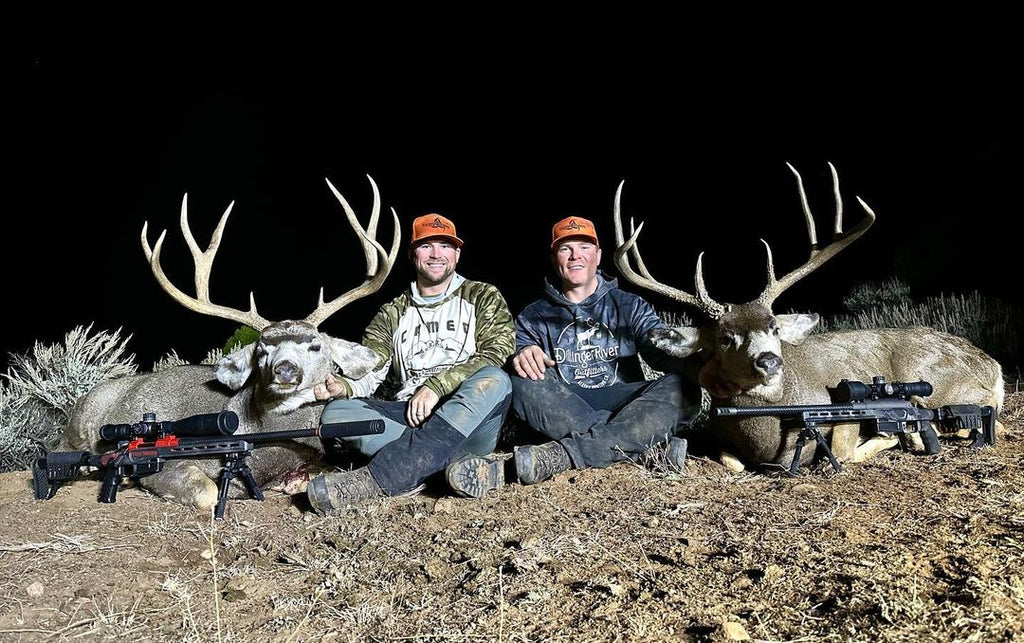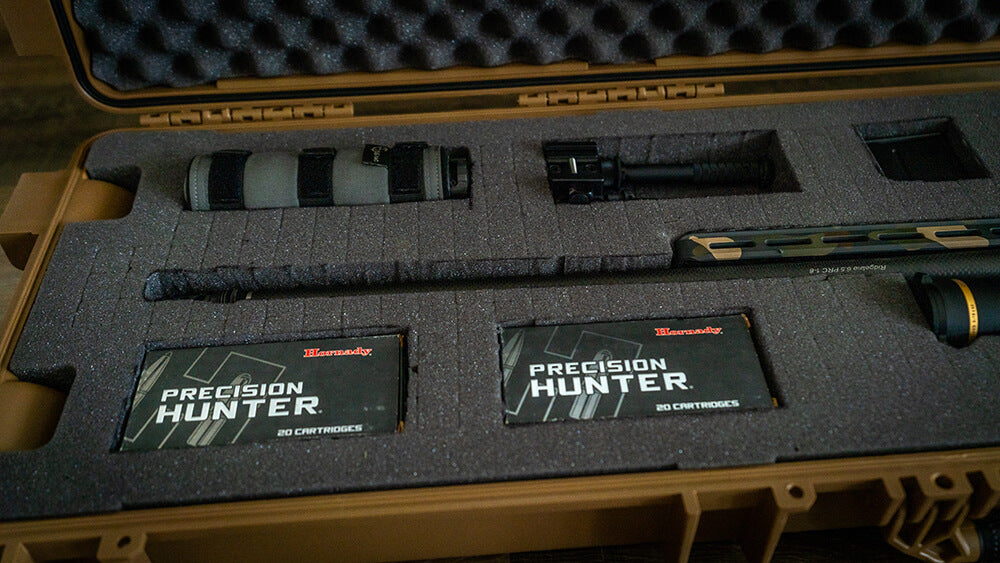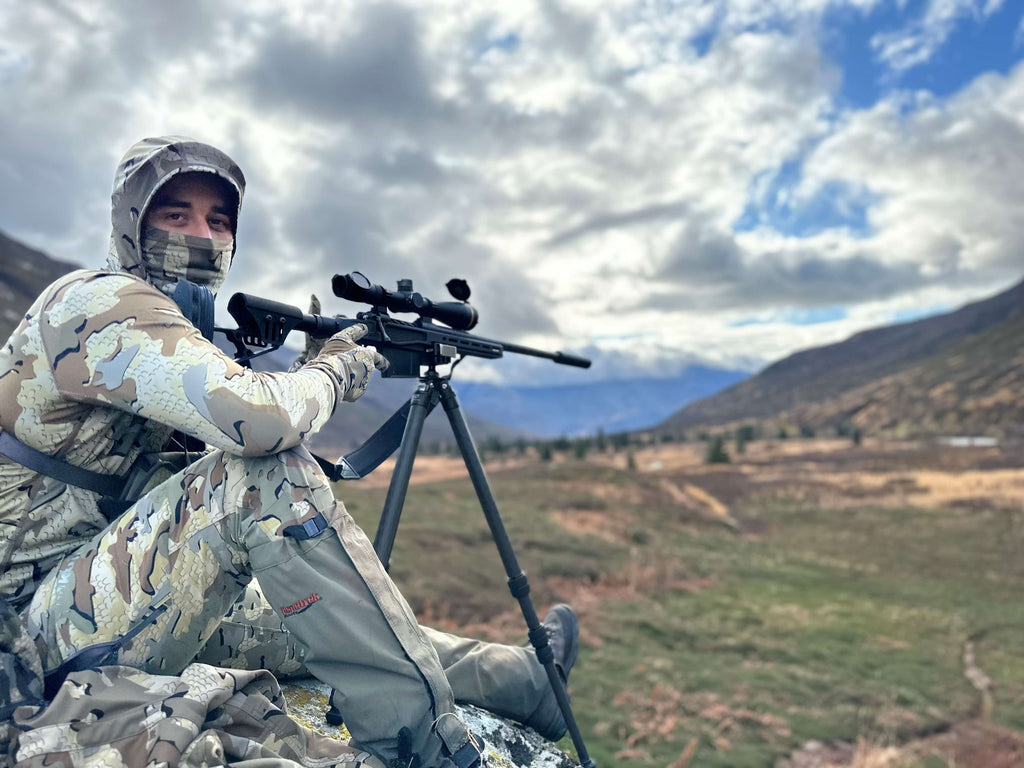How to Choose a Hunting Rifle: An In-Depth Overview

Hunting, deeply ingrained in human history, demands a meticulous approach to gear selection, with the rifle setup playing a pivotal role. A well-matched rifle enhances the hunting experience, guaranteeing precision, reliability, and suitability for the game. This guide covers the critical elements of rifle setup, covering diverse aspects such as understanding game requirements, exploring rifle types, actions, and cartridges, then analyzing factors like weight, barrel length, optics, and the nuances of varied hunting environments.
Rifle Types and Their Applications
Understanding the subtleties of rifle types is crucial for selecting the correct setup for hunting. Bolt-action rifles, recognized for precision and reliability, excel in accuracy-focused pursuits. Semi-automatic rifles prove valuable in scenarios demanding rapid follow-up shots, offering versatility for dynamic hunting situations. Lever-action rifles provide ease of use and speed, especially in dense environments. Single-shot rifles remain viable and honorable for those seeking simplicity and an added challenge, with some popular dangerous game chambering a must. Each rifle type offers distinct benefits catering to different hunting needs and styles.
Caliber Selection Based on Game
Choosing the appropriate caliber is pivotal in crafting an effective rifle setup. Careful consideration of the game's characteristics and the shooter's recoil preferences should guide this decision. Consider calibers such as 7mm PRC or 300 PRC for larger animals like moose or elk. Smaller games like mule deer or black bear may better suit calibers like 6.5 PRC or 6.5 Creedmoor. Additionally, factor in the chosen cartridge's shooting range and terminal ballistics.

Weight and Barrel Length
When choosing a rifle, consider the balance between weight and barrel length. This will impact handling, maneuverability, and the overall shooting experience. Understanding how barrel length affects accuracy and packability can help you make informed decisions about rifle setup, whether you prefer a lighter rifle or a heavier one.
While a shorter barrel is more packable, it reduces rifle velocity. The trend towards 18” to 22” barrels allows backcountry hunters to shed weight. Combined with a short-barreled rifle and lightweight hunting chassis like the Element 4.0 MG, with a folding buttstock, the overall rifle length while carrying on a backpack is minimal. Keeping the barrel length around the head level or below makes maneuverability through the brush a breeze! Especially while utilizing a rifle suppressor that adds additional length, the shorter barrel with popular suppressors commonly puts the overall length back to around 26 inches compared to well over 30 inches..
A longer barrel can be cumbersome but aids in long-range shots. For some hunters, this is needed, and the length of the rifle is not as large a factor compared to terminal performance at farther ranges. If they are not hunting in either a dense area or utilizing a different method to get the barrel height down, such as a gun bearer, then their decision is made for longer.
Scopes: A Crucial Element
Optics play a pivotal role in hunting success. Consider factors such as magnification, reticle type, and hunting style when selecting a scope. Longer shots may require a 15x scope, providing a clear picture, while closer shots benefit from lower magnification for quick target acquisition. Choose a reticle that aligns with your shooting style, whether dialing for elevation and windage or holding over the target.
Essential Hunting Gear and Accessories
Beyond the rifle, a prepared hunter considers essential gear and accessories.
-
A quality tripod aids in glassing and provides a stable shooting position.
-
Top-tier binoculars and a spotting scope are critical for spotting animals from a distance, saving time and energy in the field.
-
A quality backpack can not only handle the immense weight required to carry the meat out but also be purposeful for shooting positions.
-
Find the suitable bipod for your rifle setup and application. Some bipods are minimalist and ultra-lightweight, but they might not be as functional and stable for longer-range shooting. A beefier bipod with possible more leg adjustment and rigidity can be a better option for others.

Choosing the Right Rifle Setup with XLR
In conclusion, entering the world of hunting and rifle setup is a dynamic and rewarding journey. Armed with a deep understanding of rifle types, actions, calibers, and other crucial factors, hunters can navigate the complexities of their pursuit with confidence. Whether stalking an elusive game in dense forests or patiently waiting in a mountain hide, the right rifle setup enhances the hunter's capabilities, ensuring a memorable and successful experience in the great outdoors.
XLR - Jaden’s Hunting Rifle
XLR Element 4.0 MG Chassis
Lone Peak Fuzion Action
Bartlein Barrel Chambered in 6.5 PRC
Burris XTR PRO
Triggertech Special 2 Stage
XLR - Matt’s Hunting Rifle
XLR Element 4.0 MG Chassis
Defiance AnTi-X Action
Carbon Wrapped Bartlein Barrel Chambered in 300 WSM
Nightforce NX-8
Triggertech Special 1 Stage
MTN Gear or Atlas CAL Bipod
